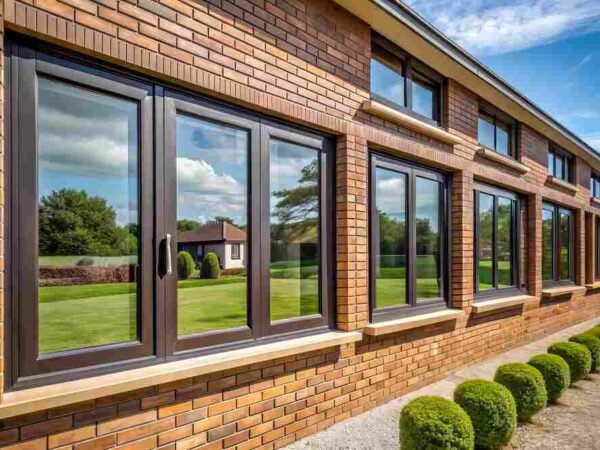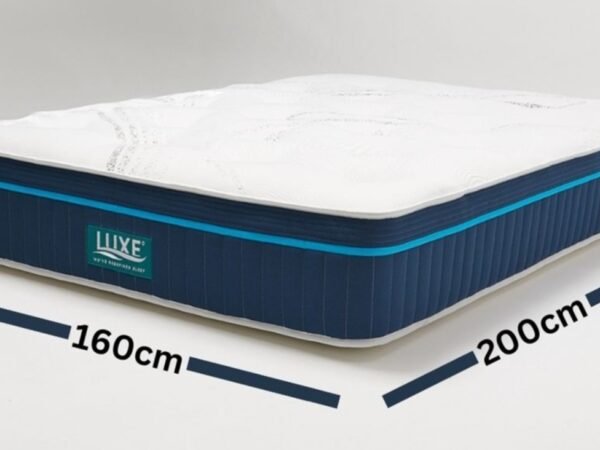Modern life is fast, and so are our homes. With smart thermostats, voice assistants, and apps, HVAC home automation is now a growing part of everyday living. Whether it’s a hot summer day or a cold winter night, automated HVAC systems help keep your home just right—without you even touching a button.
But it’s not just about comfort. Innovative HVAC systems conserve energy, enhance air quality, and make your space feel more comfortable and personal. This article breaks down how this tech works, the problems it solves, and why more homeowners are choosing automation for their heating and cooling needs.
Why Traditional HVAC No Longer Makes Sense
Rising Utility Bills and Poor Efficiency
Old HVAC systems often run longer than needed. This burns through electricity and hikes up your monthly bills. Without smart controls, it’s easy to forget the AC is on when you’re not home.
Manual Controls and Human Error
Everyone forgets to adjust the thermostat from time to time. Manual systems rely on human action, which isn’t always reliable. Smart thermostats address this issue by learning your habits and automatically adjusting temperatures.
Inconsistent Temperature Zones in the House
With older systems, one room might be freezing while another feels warm. This happens when the HVAC unit isn’t optimized to balance airflow across zones in your home.
The Smart HVAC Revolution
What Is HVAC Home Automation?
HVAC home automation uses smart devices to control your heating, ventilation, and air conditioning system. These devices include smart thermostats, connected sensors, and mobile apps that let you control temperatures from anywhere.
Core Components of a Smart HVAC System
- Smart Thermostat – Controls temperature based on time, location, and usage.
- Zoned Heating and Cooling – Divides your home into zones for better airflow.
- Air Quality Monitors – Detect pollutants and adjust ventilation.
- Mobile Access – This feature allows you to control your system from your phone or tablet.
How It Integrates with Smart Home Platforms
Smart HVAC connects easily with Google Home, Amazon Alexa, or Apple HomeKit. You can use voice commands like “Set the living room to 72 degrees” or create routines that sync with lights and security systems.
Everyday Problems Solved by HVAC Automation
Forgetting to Turn Off the AC
With geofencing, your innovative system knows when you leave the house. It can turn off automatically, so you don’t waste energy while you’re away.
Uneven Room Temperatures
Innovative vents and zone systems ensure each room stays at the right temperature, eliminating cold spots and overheated corners.
Allergy and Air Quality Management
Many systems come with air quality sensors. These monitors detect dust, pollen, or smoke and adjust airflow or humidity to help people with allergies breathe more easily.
Long-Term Benefits of HVAC Home Automation
Energy Savings and Eco-Friendly Living
Innovative HVAC systems don’t just feel nice—they save money. By learning your schedule and only running when necessary, they reduce energy use and lower your carbon footprint.
Predictive Maintenance and Fewer Breakdowns
Modern systems send alerts when an issue requires attention. If your filter is dirty or the system runs too hard, you’ll get a notice before it becomes a costly fix.
Improved Resale Value for Smart Homes
Homes with automated HVAC often sell faster and for more money. Buyers view these features as upgrades, especially in newer markets that prioritize sustainability and tech convenience.
Common Challenges and How to Overcome Them
Compatibility Issues with Older Systems
If your current HVAC setup is outdated, not all smart devices will work right away. In many cases, you might need a system upgrade or professional installation to make automation possible.
High Initial Setup Cost
Some people worry about the price of smart thermostats and sensors. But over time, lower energy bills often cover the initial cost. Many local governments also offer rebates for energy-efficient upgrades.
Data Privacy and Smart Device Security
Innovative systems collect usage data. That means you’ll need to secure your Wi-Fi network, keep firmware updated, and use strong passwords to protect your home from cyber threats.
What the Future Holds
AI in HVAC: Self-Learning Thermostats
Artificial intelligence is shaping the future of smart HVAC. These systems learn not just your schedule—but your preferences, habits, and even your mood.
Integration with Solar and Renewable Energy
Soon, innovative HVAC systems will connect directly with solar panels, adjusting heating and cooling based on when your home generates the most power.
HVAC Systems That Respond to Your Mood and Activity
Imagine your HVAC system warming up the room as you wind down at night or adjusting airflow based on your workout. This is the next wave of smart living—where your house indeed reacts to you.
Conclusion: Smarter Homes Start with Smarter Air
HVAC home automation is no longer just a fancy upgrade. It’s a smart move for comfort, savings, and peace of mind. From slashing energy costs to improving air quality, smart HVAC brings your home to life—quietly working in the background to make your space just right.
If you’re thinking about future-proofing your home, start with your air. Because in the world of home automation, the smartest comfort is the kind you don’t have to think about.
Do Read: Dream Bedroom Transformations: Expert Tips for Designing the Perfect Sleep Space













